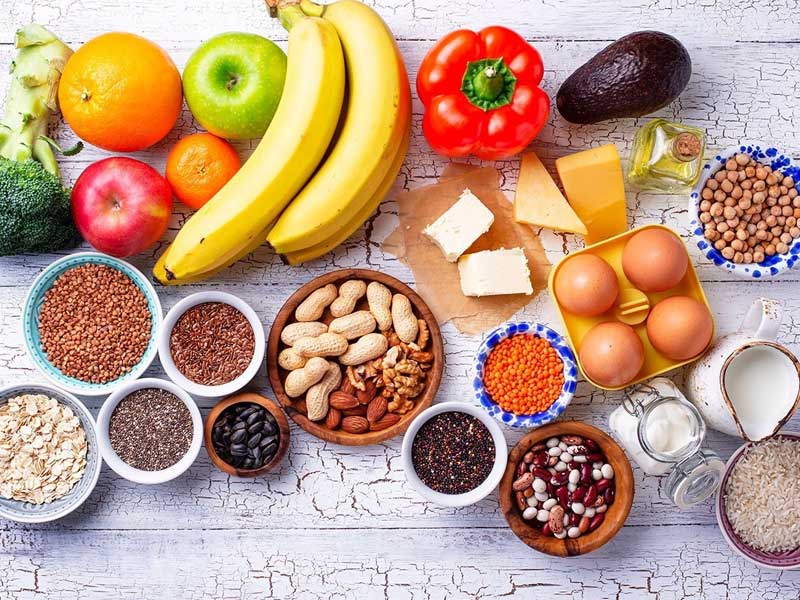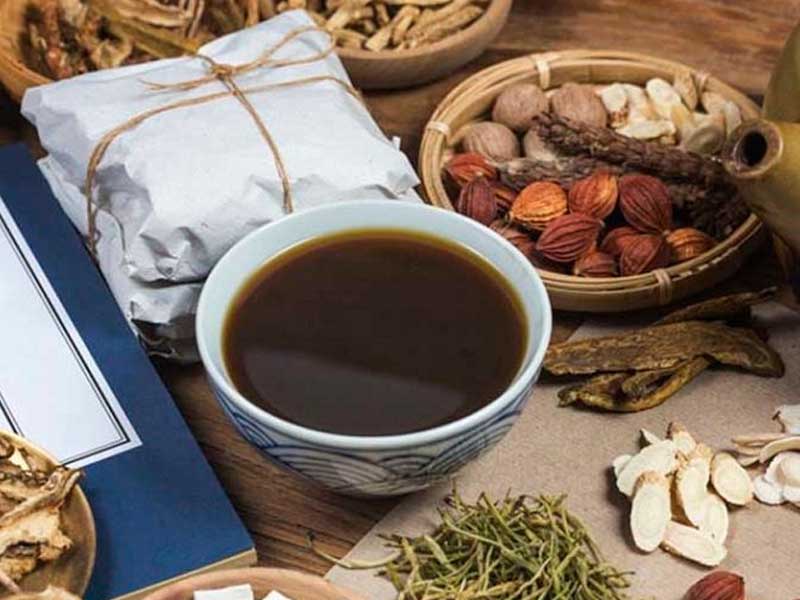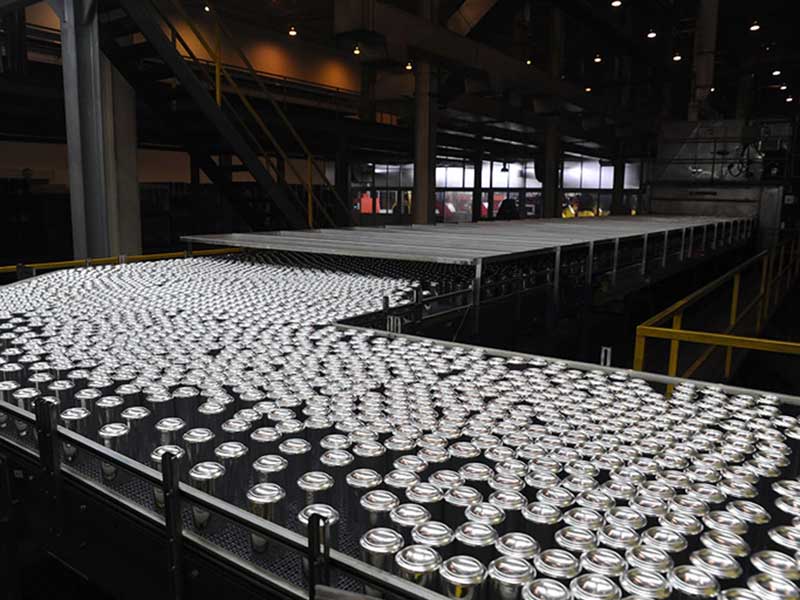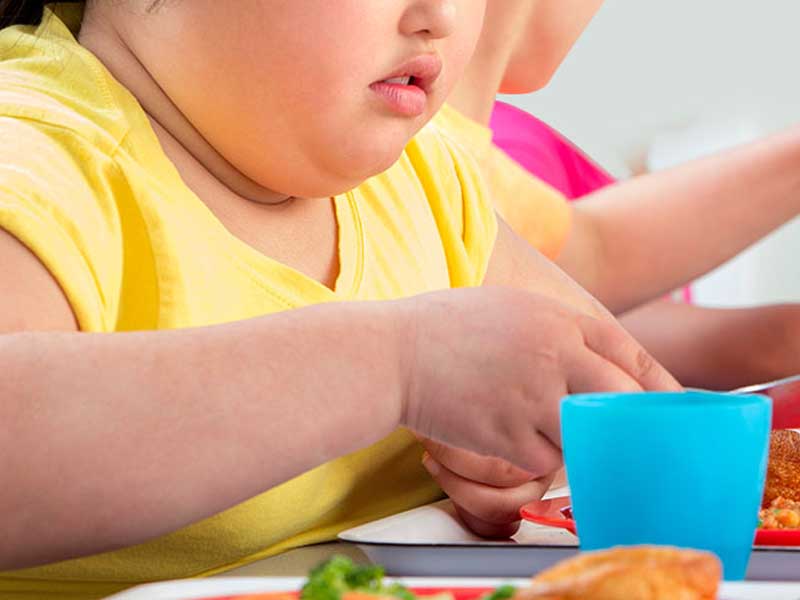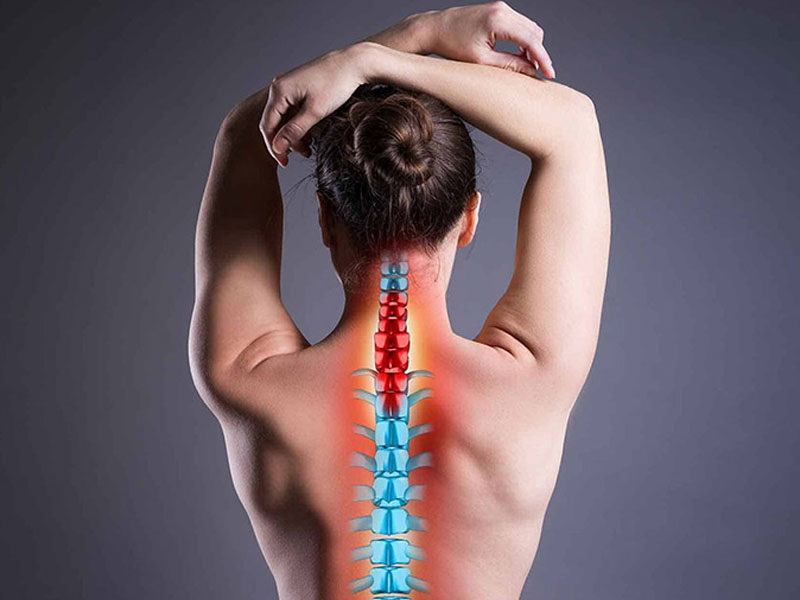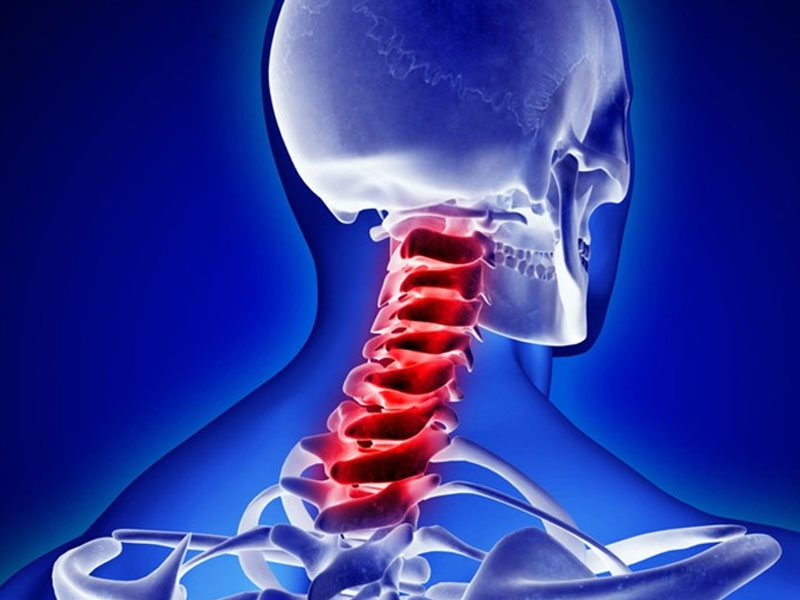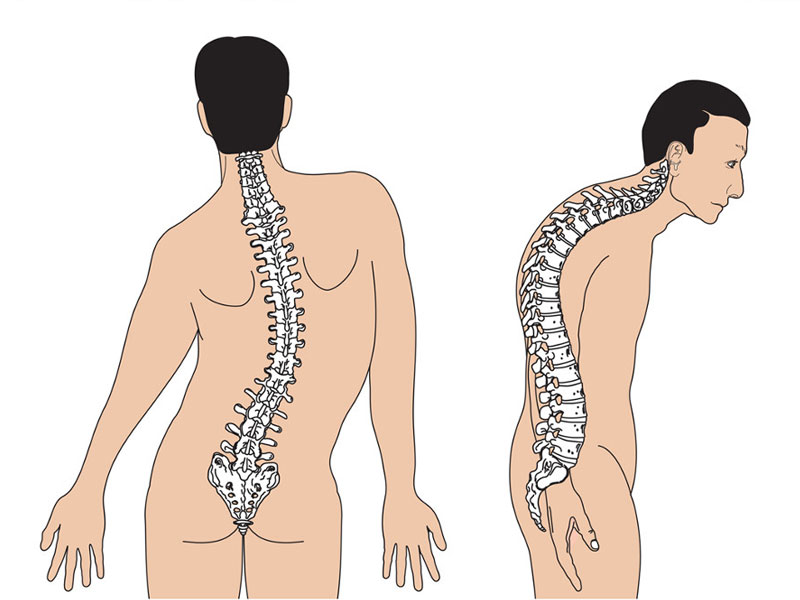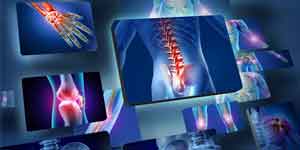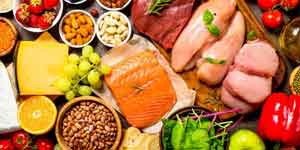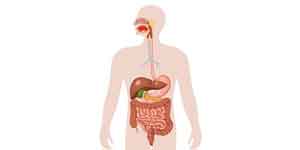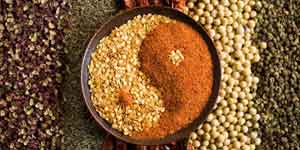A – Technological line
1. Raw materials
a) Introduction of noni
Noni tree belongs to the Coffee family. Its scientific name is Morinda Citrifolia L. It often grows in tropical and temperate areas. In Vietnam, noni grows in humid areas along the banks of rivers, streams, ponds, or canals throughout the southern provinces and some central provinces. It was first described by L. in 1753.
b) Requirements of noni fruit material
- Taste: Normal.
- Color: Natural light.
- Mesh: 80~120
- Maturity: 90%.
- Impurity: 2-3%.
- Stamping rate: 5-7%.
- No pesticides.
- No chemical preservatives.
c) Damage phenomena occur in the process of preserving raw materials:
In order to meet the continuous production of the factory, the fruit is stored in specialized warehouses. However, during storage, they will lose original quality if they’re not stored properly. The causes of damage are microorganisms, insects, the grain itself, or errors in storage.
– Due to microorganisms:
Microorganisms are an important factor leading to a decrease in the quality of the fruit, which gradually leads to complete damage. At first, it would be difficult to detect without a microbiological measuring device. In hot and humid conditions, the thriving microorganisms cause the fruits to heat up. This is the phenomenon of self-heating of noni fruit.
Damaged phenomena that occur due to microbial growth include:
- Alter the color of the noni fruit.
- Alter the taste of noni fruit.
- Alter the fruit temperature.
– Due to insects:
Insects swell endosperm or eat noni cysts. The intensity of penetration and the level of penetration depend on the quality of the creases, soil, humidity, soil climate, and other environmental conditions.
The basic effects of insects on the quality of noni ingredients include:
- Dirty material.
- Loss in the volume of raw materials.
- Stimulate self-heating in raw material.
- Contaminate raw materials.
- Destroy packaging, machinery, and objects in service of storage and processing.
– Due to the material itself:
It is common to see mold appearing in raw materials. When the moisture content of raw materials is not up to the standard, the material block is heated up which reduces the value of raw materials such as nutritional value, color.
d) Methods of preserving raw materials before production
– Before being put into storage
Before being put into storage, it is necessary to reduce the amount of water in the material. There are two basic methods to reduce the amount of water in material: the natural drying method and the artificial drying method.
Methods of natural drying:
After being harvested, the fruits will be dried in the sun, exposed on brick, on concrete or polyethylene sheets, etc.
This method is less expensive, low investment, but highly dependent on the weather, and does not guarantee absolute quality.
Artificial drying method:
Conventional air drying: Noni fruits are stored in an oven or dryer. The air is usually fed by continuous blower systems through a drying device system. This method only applies to places with low humidity and relatively high air temperature.
Hot air drying: Use the convection drying method. Use modern heat drying technology with a strict drying process. The quality of raw materials is guaranteed and does not depend on the weather.
Drying at negative temperature: This is a sublimate drying method with modern drying technology under negative temperature. Steam will be sublimated and separated from the material block by state-of-the-art technology.
– Store in the warehouse:
Dismantling method:
Raw materials are poured directly into specialized warehouses, requiring the following indicators:
- Material moisture does not exceed 15%.
- The warehouse has partitions for each space.
- Good wall and floor waterproofing.
- The height of the material does not exceed 30cm.
- Scrap every 7 days.
Packing method:
Raw materials are packed and stored in specialized warehouses, which must meet the following criteria:
- Material moisture does not exceed 17%.
- The warehouse must have a podium to prevent moisture.
- Good wall and floor waterproofing.
- The bags must be arranged in lots, 15-18 layers / lot.
- Scrap every 7 days.
– Preserve in Silo
Preserving noni in the form of separate bags is not really the optimal plan to retain the best quality of raw materials. Therefore, noni storage in Silo is better appreciated. Currently, Vicofood chooses the form of storing noni materials in small silos, but still ensures the quality of materials as in high-capacity silos.
- Energy used
Dorafoods’ factory is located in Gialai province with a maximum capacity of 2 tons/day. The factory is using a large-capacity machine with 3-phase voltage and 2 power sources.
B – Process of producing noni powder
Step 1: Preliminary processing of input materials:
- Sort and select noni fruits as required.
- Separate unsatisfactory fruits from the production system.
- Completely eliminate unsatisfactory fruits.
- Arrange fruit eligible for production, then prepare and put it into the production line.
- Slice the qualified fruit into small pieces.
Step 2: Cleaning and boiling the ingredients:
Wash raw materials after preliminary processing. Washed raw materials are put into the boiling system at the temperature of 100°C.
Step 3: Purify the first time – Eliminate fiber:
- Carry out grinding fresh fruits and separate water.
- Separate one part of the fiber from the material.
- Remove excess fiber from the material.
- Refined raw materials are completely removed from excess fiber and transferred to the purification system.
Step 4: Refine for the second time – Separate heavy metals:
- Dry and grind to the smoothness of 80 mesh.
- Proceed to separate heavy metal from raw materials with specialized equipment.
- Completely remove metal residues from raw materials.
After separation, the product is packed and stored in Silo. Depending on customers’ requirements, we will conduct irradiation to completely eliminate microorganisms


